1. The Clapper

“Clap on, clap off, the Clapper!” That commercial jingle was practically impossible to escape in the ’80s and ’90s. The Clapper was marketed as the ultimate convenience, letting you turn lights on and off just by clapping your hands.
In practice, it often responded to sneezes, coughs, or even loud TVs, which made it more funny than flawless. But that didn’t stop people from buying it as a gag gift or trying it out themselves. It remains one of the most recognizable miracle gadgets, remembered more for its catchy ads than its reliability.
2. Ginsu Knives
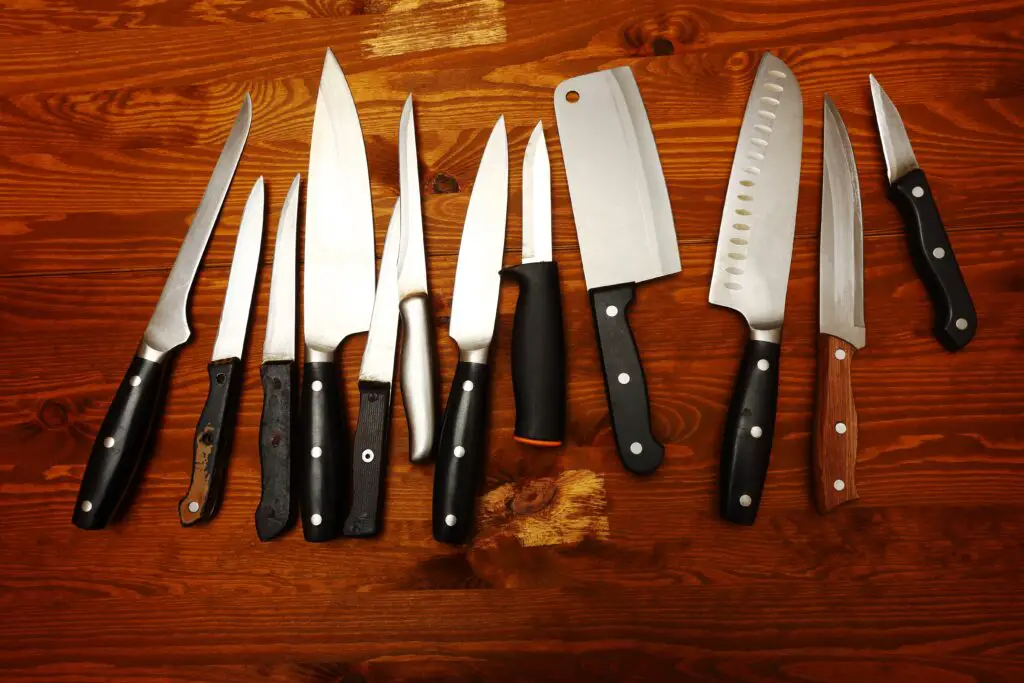
Few infomercial products reached the same legendary status as Ginsu knives. They could slice through tin cans and then still manage to cut a tomato paper-thin. The fast-talking announcers made it seem like every household needed a set.
While the knives were decent quality, the real magic was in the marketing. They were affordable, flashy, and promised results that bordered on impossible. Even if you didn’t own them, chances are you could quote the commercials.
3. ShamWow
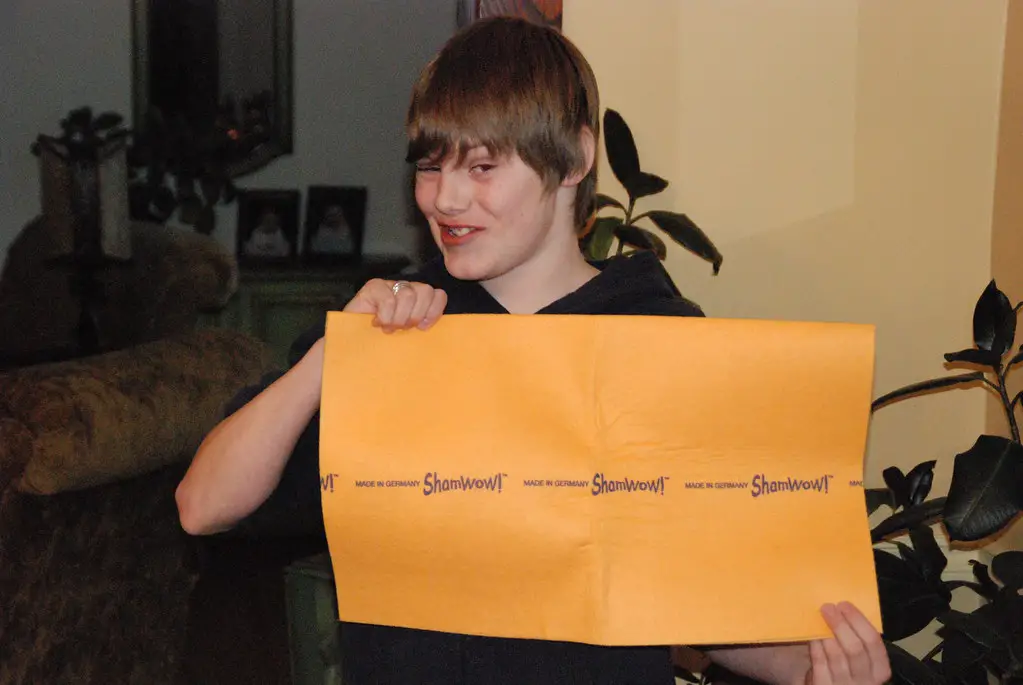
The ShamWow infomercial was unforgettable thanks to its hyper-energetic pitchman. The towel was marketed as a miracle cloth that could absorb spills better than anything else on earth. The ads showed it sucking up entire sodas without breaking a sweat.
Plenty of people bought them, and while they worked fine, they didn’t exactly revolutionize cleaning. Still, the hype around ShamWow made it one of the most iconic As Seen on TV products. People remember it less for the towel itself and more for the way it was sold.
4. Chia Pets
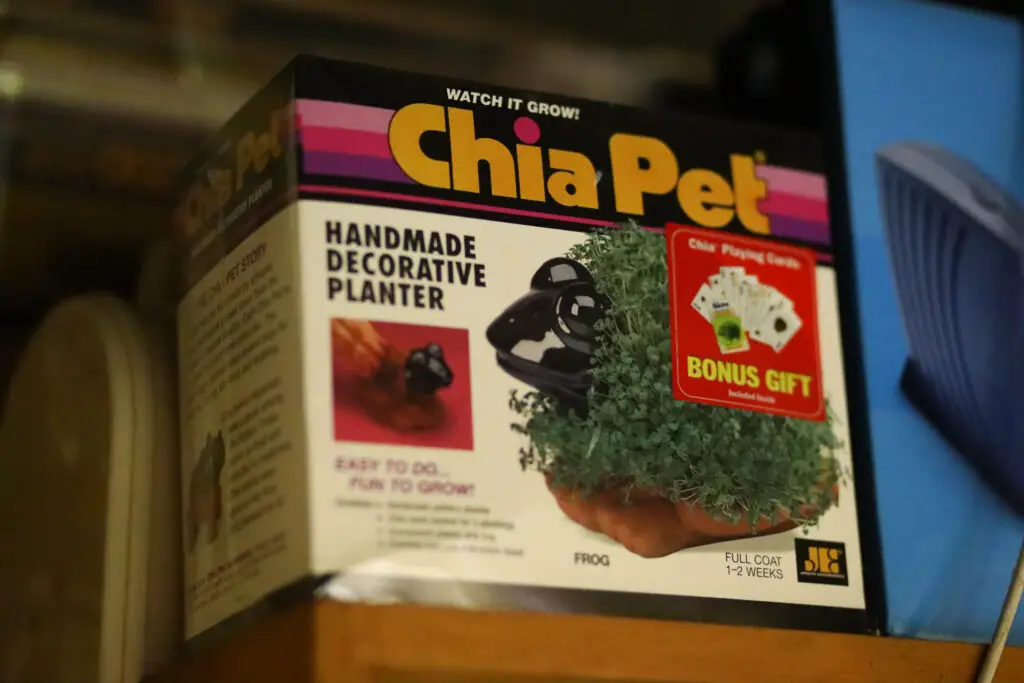
“Ch-ch-ch-Chia!” became a household phrase thanks to these quirky planters. Marketed as the fun, easy way to grow greenery, Chia Pets were shaped like animals, cartoon characters, or even celebrities. All you had to do was water them and watch the “fur” grow.
The novelty was irresistible around the holidays, when they were often sold as the perfect gift. While few people actually kept them long-term, everyone remembers the ads. It was marketed as a tiny household miracle that combined gardening with fun.
5. Veg-O-Matic
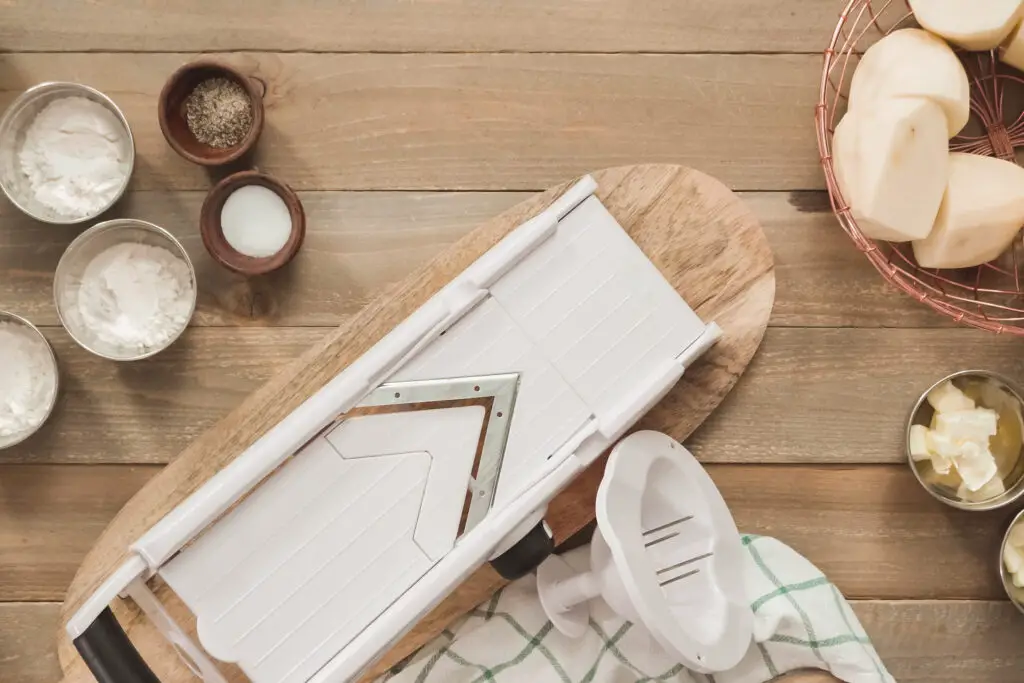
The Veg-O-Matic promised to “slice and dice” vegetables in seconds, and the commercials made it look like magic. Busy families were told it would save hours in the kitchen by doing all the hard work for them.
Of course, the plastic blades often made a mess, and cleaning it was a chore. Still, it was one of the first infomercial products to become a true pop-culture icon. The name alone makes people nostalgic for those late-night TV ads.
6. Flowbee
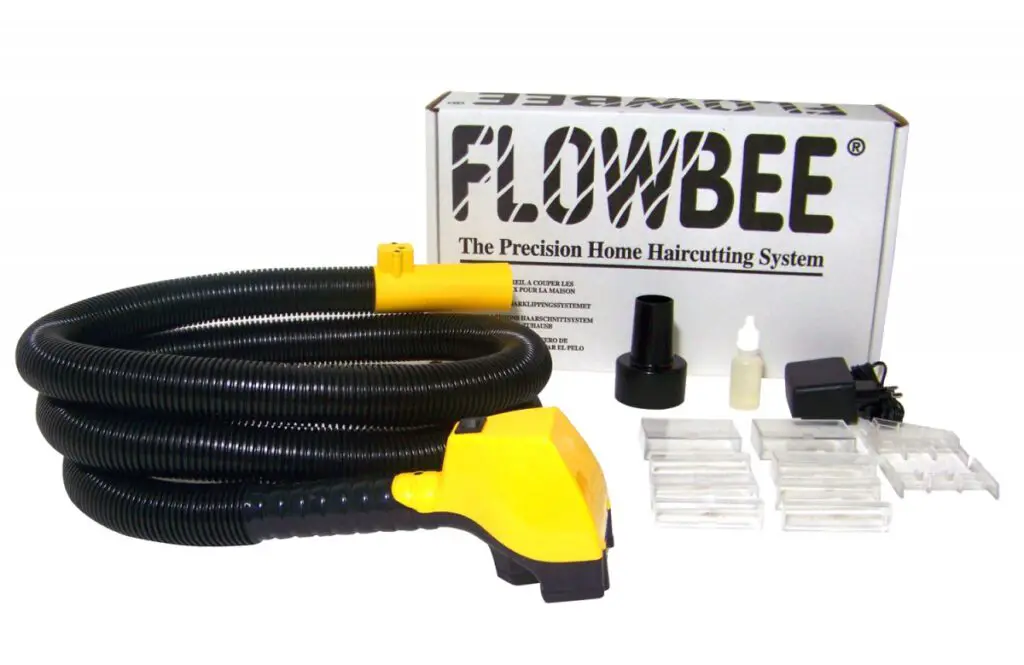
The Flowbee hair-cutting system looked like science fiction when it hit TV screens. It connected to a vacuum and promised a perfectly even haircut every time. Families could supposedly save money on salons and barbers by trimming at home.
In reality, it didn’t always leave you looking sharp, but it did have its fans. George Clooney famously admitted he still used one. Whether it worked or not, it was one of the most memorable “miracle” products of its time.
7. Mood Rings
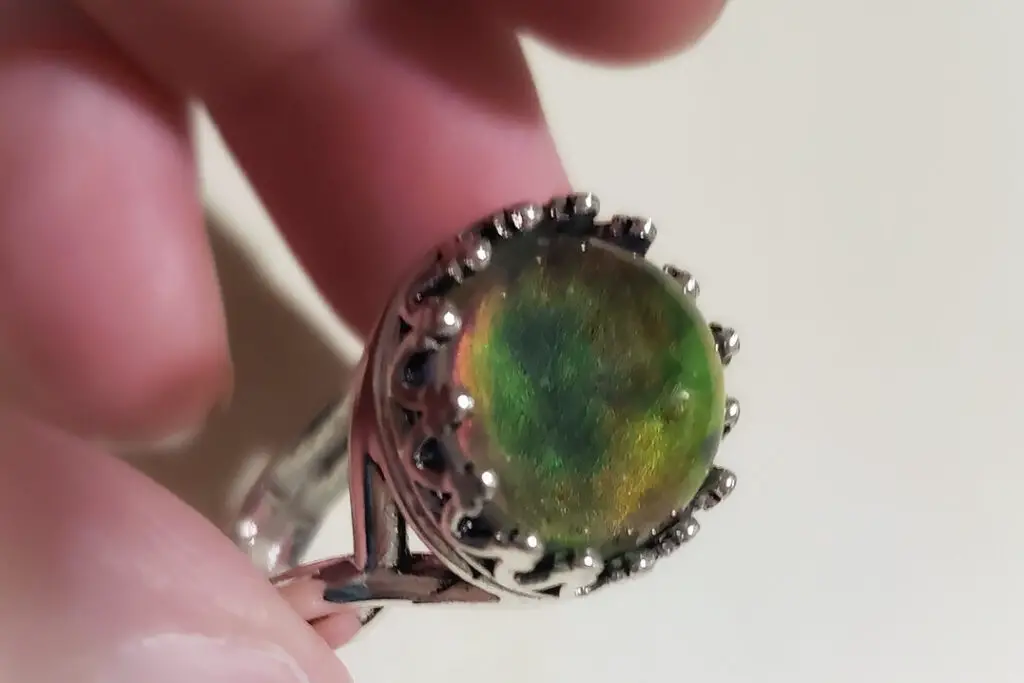
These rings were marketed as tiny, magical mood detectors. The pitch was that the stone would change colors depending on how you were feeling, letting you wear your emotions on your hand. Kids and adults alike were fascinated by the promise.
The truth was much simpler—heat-sensitive liquid crystals reacted to body temperature. But that didn’t stop millions of people from buying them and believing in the magic. Mood rings became a fad that never fully disappeared.
8. Sea Monkeys
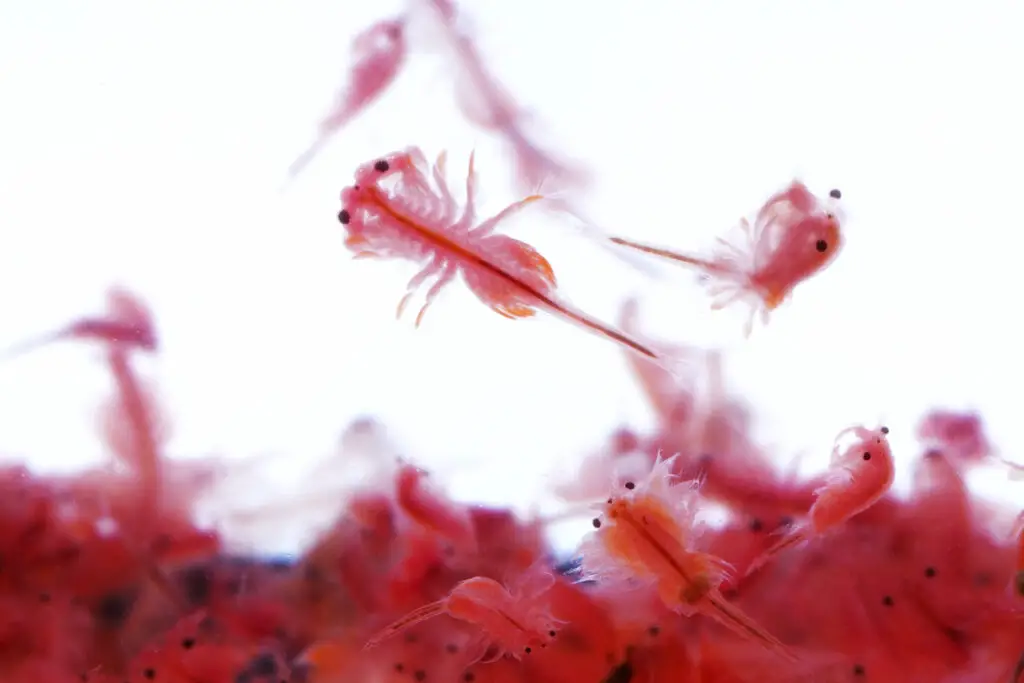
Sea Monkeys were sold as a miracle pet that came to life from a packet of powder. The ads showed happy little cartoon creatures living in underwater kingdoms, which captured kids’ imaginations everywhere.
When you actually opened the packet, what you got were brine shrimp. They weren’t quite the smiling “families” shown in the commercials, but for a lot of kids, the thrill was in the anticipation. Sea Monkeys became a classic example of how marketing could turn something simple into a household wonder.
9. ThighMaster
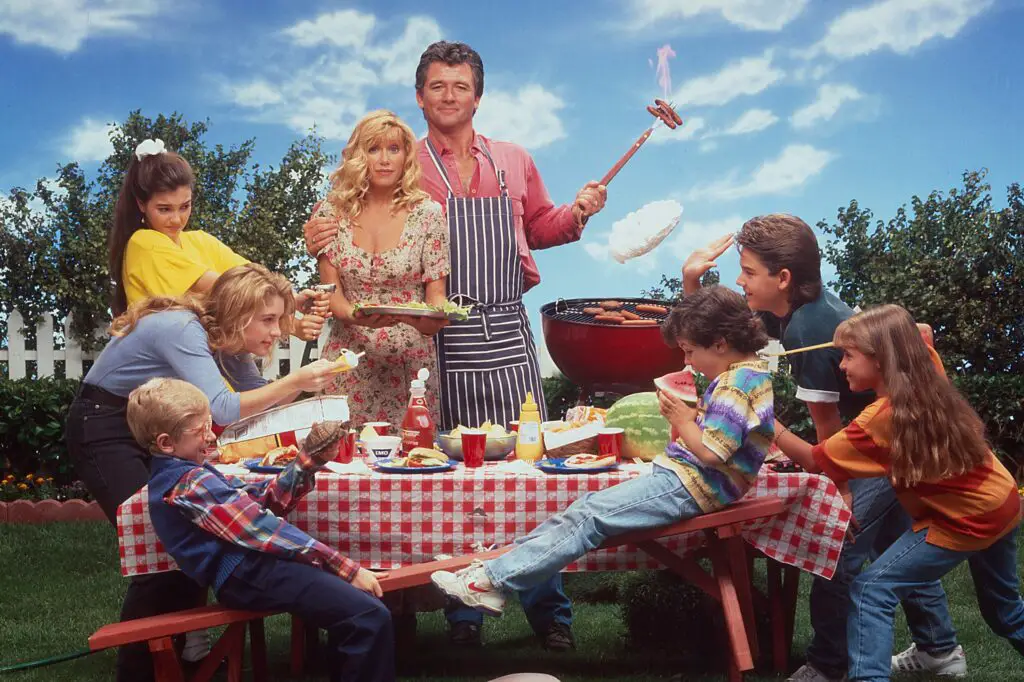
Suzanne Somers made the ThighMaster a household name in the ’90s. The device promised toned thighs with just a few squeezes a day, making it seem like a fitness miracle you could do while watching TV.
The truth was that it worked like any resistance tool—you had to keep at it to see results. But the commercials were so catchy and Somers so charming that it became a pop culture hit. Even people who never tried it remember the ads.
10. Easy-Bake Oven
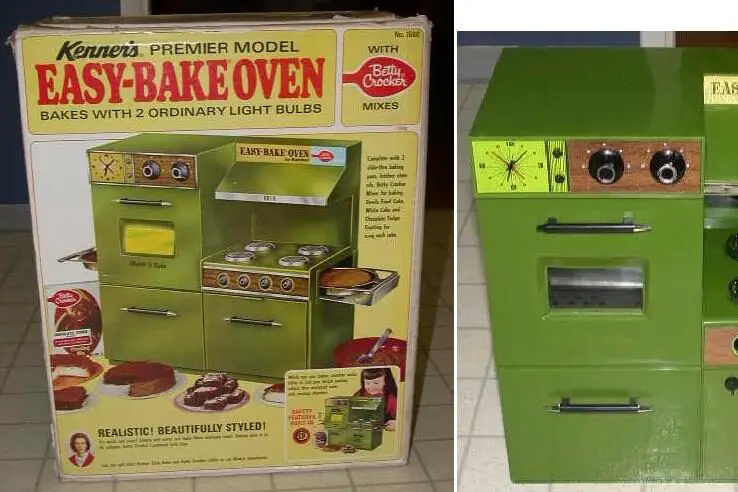
Marketed as a toy, the Easy-Bake Oven felt like a miracle gadget for kids. With just a lightbulb and some tiny pans, you could bake your own cakes and brownies at home. It made kids feel like real chefs.
Of course, the results weren’t gourmet, but the fun was in the experience. Families loved the novelty, and it became a must-have gift for decades. It may not have been practical, but it was marketed as pure magic for kids everywhere.
11. Pet Rock
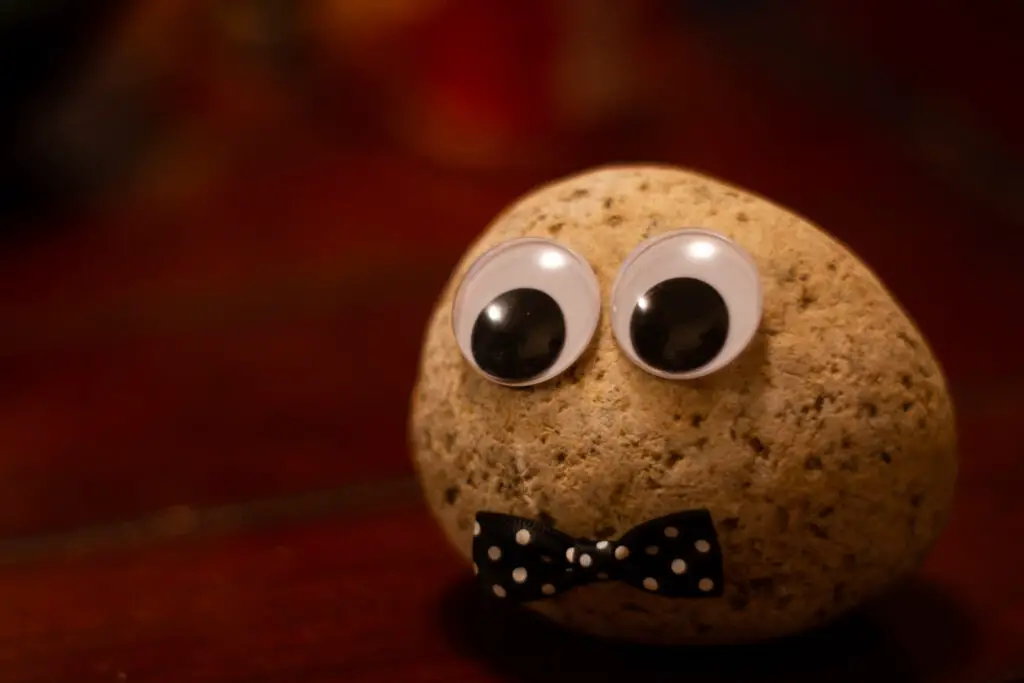
In the mid-1970s, one of the simplest—and most successful—novelty items hit the market: the Pet Rock. It was literally just a rock in a box, but it was marketed as the miracle pet that needed no feeding, walking, or cleaning.
The craze caught on instantly, making its creator a millionaire. Looking back, it seems silly, but it’s a perfect example of how clever marketing could turn even an ordinary rock into a miracle product. It was the ultimate fad.
12. Mr. Microphone

Mr. Microphone promised to turn you into a radio star with just one gadget. The commercials showed teens broadcasting their voices through nearby radios, making it seem like the ultimate party toy.
The sound quality wasn’t great, but the fun factor was undeniable. The product became more famous for its cheesy ads than for how well it worked. It’s remembered as one of the most recognizable miracle gadgets of the ’70s.
13. Polaroid Camera

When Polaroid cameras hit the market, they were marketed as nothing short of miraculous. You could snap a photo and have it develop right before your eyes in minutes—no waiting for film to be processed.
Families and friends loved the instant gratification, and Polaroid became a household staple. While they eventually gave way to digital cameras, their magic never quite faded. Even today, instant film has made a nostalgic comeback.
14. Slap Chop
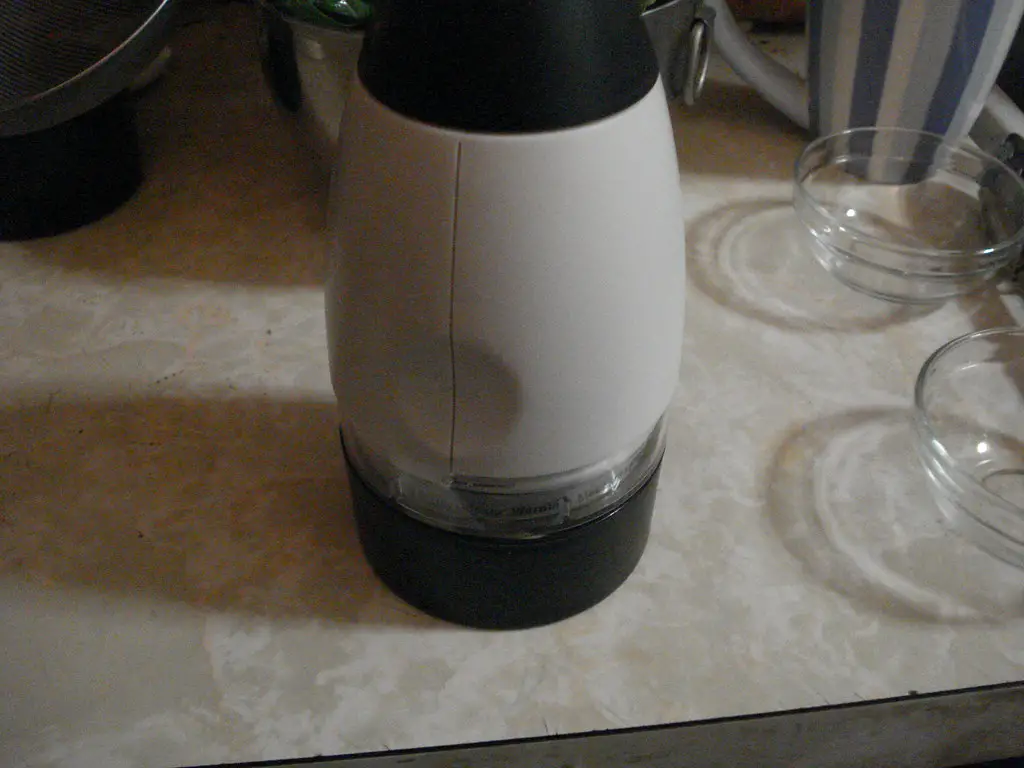
The Slap Chop was pitched with the same over-the-top enthusiasm as the ShamWow, even by the same spokesperson. It promised to chop vegetables, nuts, and even cheese in seconds with just a few slaps. The infomercials made it look like a miracle kitchen tool that would make cooking fun and effortless.
In reality, it did chop, but it wasn’t exactly life-changing. Cleaning the gadget was often more of a hassle than just using a knife. Still, the commercials were so memorable that people couldn’t resist giving it a try. Even if it ended up in the back of a cabinet, the Slap Chop remains one of the most recognizable As Seen on TV products.
15. OxiClean
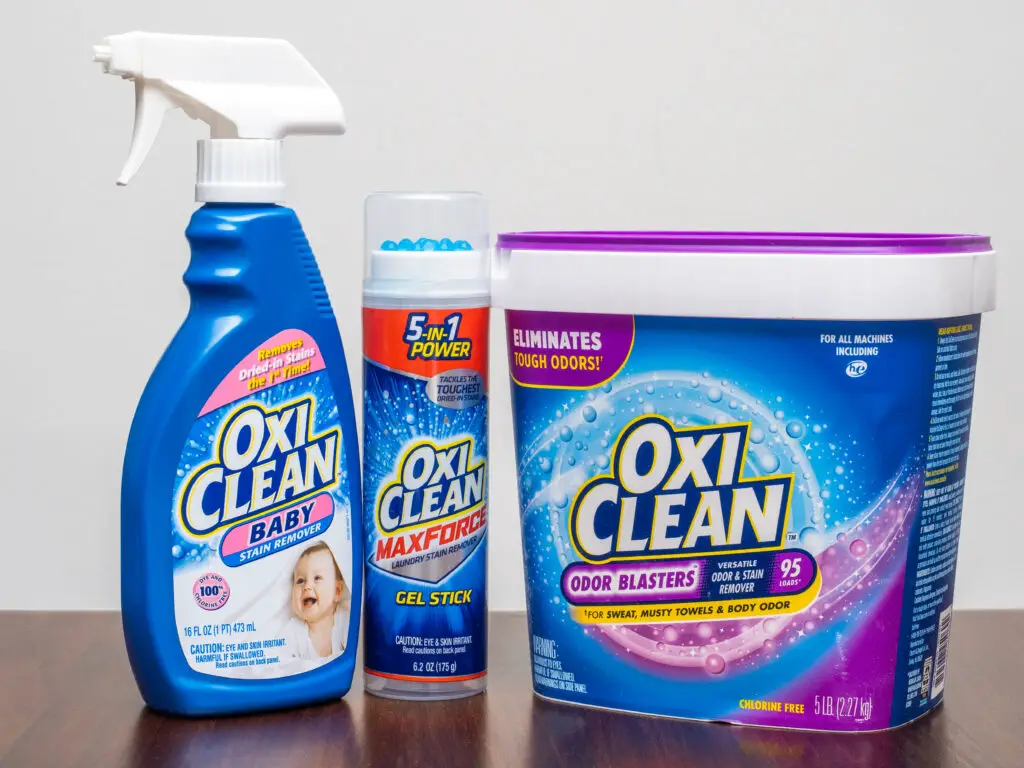
When OxiClean hit the airwaves with Billy Mays shouting enthusiastically about its cleaning power, it became an instant phenomenon. The powder promised to tackle stains that regular detergent couldn’t touch, making it seem like a true laundry miracle. Families were shown saving clothes, carpets, and even upholstery with just a scoop.
And unlike some miracle products, OxiClean actually worked fairly well. It became a household staple for many people, largely thanks to Mays’ unforgettable salesmanship. The brand still exists today, but those early commercials gave it the kind of recognition most products could only dream of.
16. Snuggie
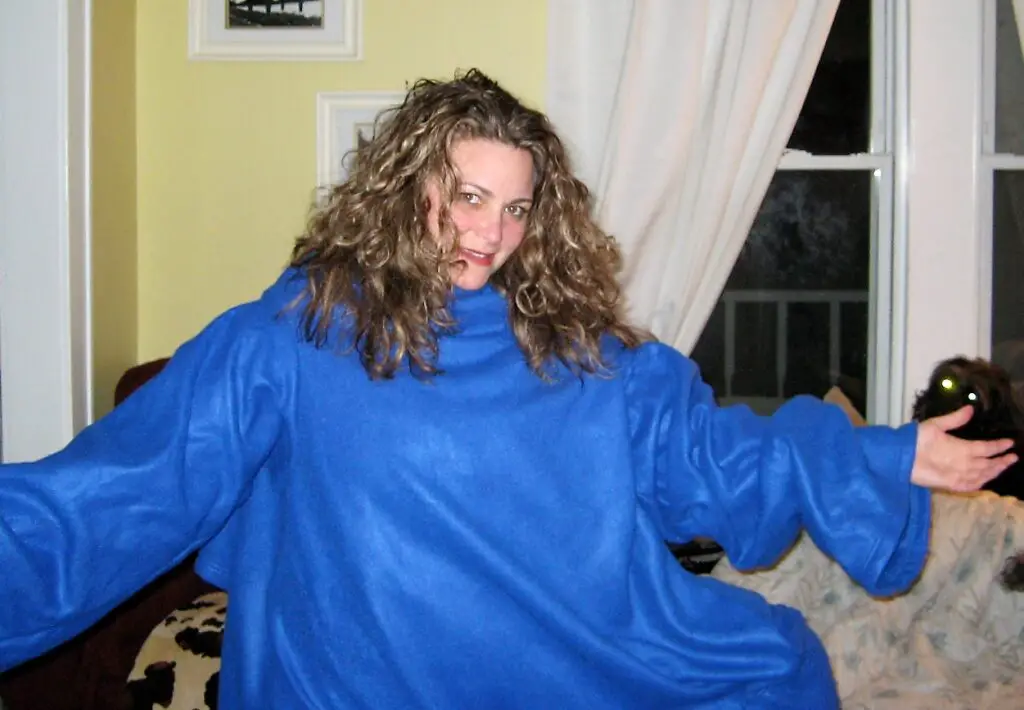
The Snuggie was marketed as the miracle answer to staying warm while still having your hands free. The commercials showed families wearing these blanket-ponchos while reading, knitting, or even cheering at sports games. It looked so cozy and convenient that millions of people ordered one.
Of course, the idea of a blanket with sleeves was easy to mock, and the Snuggie quickly became a cultural joke. Still, it was wildly successful and even sparked group events where people wore them in public. As silly as it seemed, the Snuggie proved that even the simplest idea could be turned into a miracle product with the right pitch.
17. George Foreman Grill
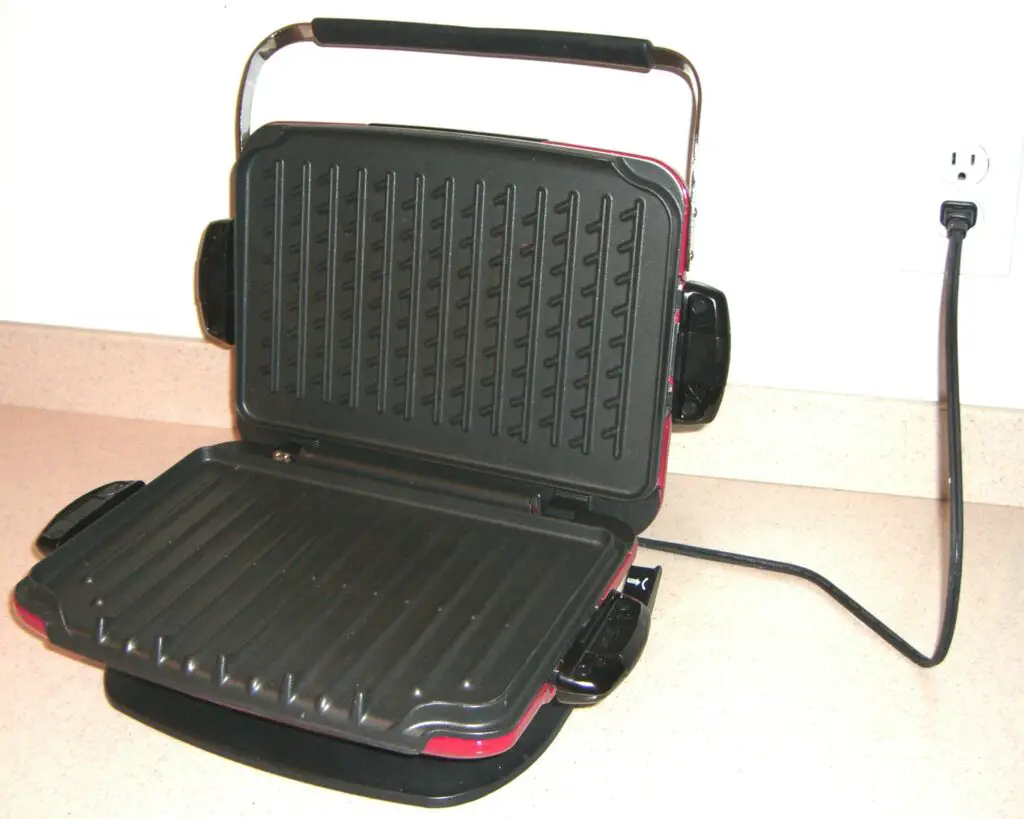
When the George Foreman Grill launched in the mid-1990s, it was billed as the miracle kitchen appliance that could “knock out the fat.” The slanted grill design let grease drip away, leaving behind healthier, tastier meals. For busy families, it seemed like the perfect solution to quick, guilt-free cooking.
It actually delivered on a lot of its promises, becoming one of the best-selling appliances of all time. Millions of households owned one, and it really did make weeknight dinners easier. George Foreman himself became just as famous for the grill as for his boxing career. Few miracle gadgets had the staying power this one did.
18. Magic Bullet
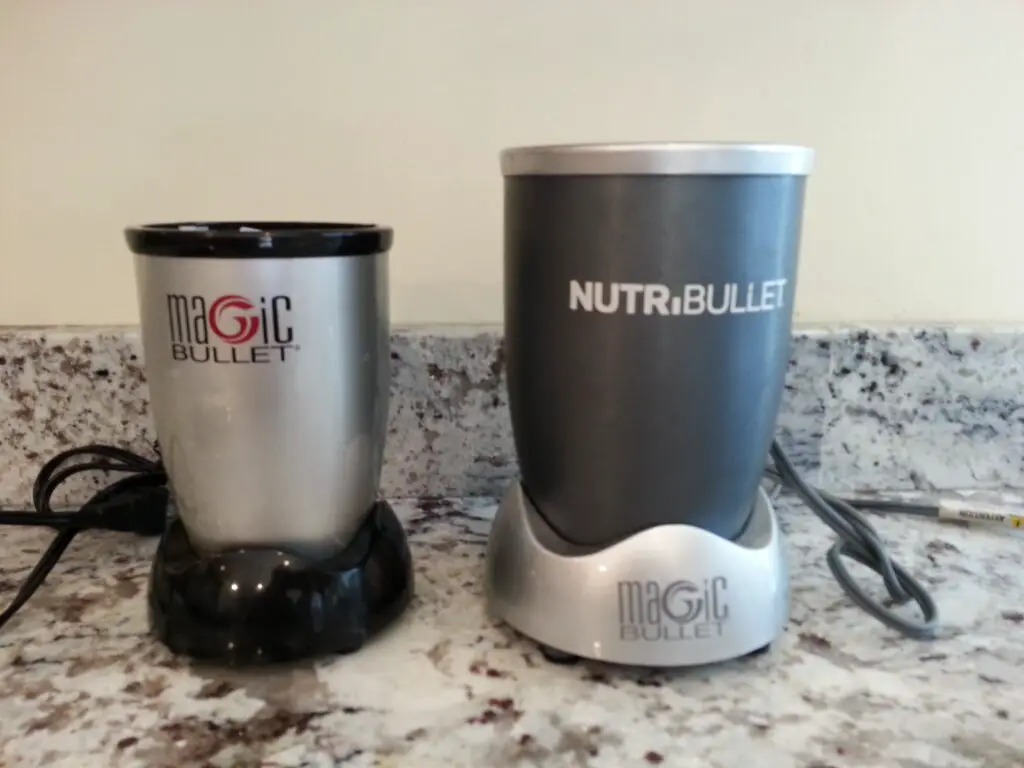
The Magic Bullet was sold as the miracle blender that could do it all—make smoothies, chop onions, whip cream, or mix pancake batter in seconds. The infomercials had a casual, party-like feel, with people gathered in a kitchen watching it blend up everything imaginable.
The product’s small size made it appealing, though it wasn’t as powerful as the ads implied. Still, it became hugely popular, especially with people looking for quick breakfasts or easy snacks. The Magic Bullet lived up to its name in marketing if not always in performance, and it remains one of the most recognizable TV-sold appliances.
